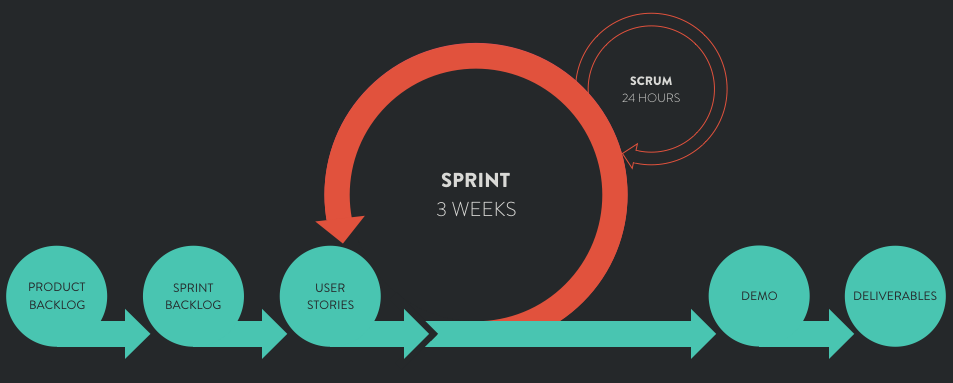
At a macro level, the survey results show we continue to build on our Agile Scrum Fundamentals. As an organization, we have the commitment, understanding, and discipline required for Agile Software Development. The results show 68% of respondents believe that we are better at Agile Fundamentals now than six months ago and that 70% believe that we will be better at Agile Fundamentals in six months. Many respondents commented on our metrics to understand volume of work and predict performance in different forums. In support of the survey comments, our Agile Governance Metrics show team performance is improving.
Some highlights from those metrics:
- Teams' productivity is increasing.
- Teams are pointing backlogs and organizing by epics/features, which is giving us visibility into progress and work remaining
- Teams' sprint goals are becoming "SMART" and focused on business outcomes. For example, we are starting to see goals like "Complete XX Feature for Client Y to earn ZZ Revenue" established for the teams.
- Teams' predictability of achieving sprint goals is improving
- Teams are feeling good about their progress and performance, as 75% of team members report a positive view of sprint performance.
Specifically, the survey highlighted the need for communication of team performance information to be shared more broadly within the team. Although not all members attend the Agile Governance meetings, the details are openly available for all. Many teams' backlogs are full of features and scope we want to accomplish. Getting a backlog into optimal state takes time from the Product Owner and teams to get to a shared understanding of breadth and depth of requirements to enable efficient implementation. Therefore, it would be crucial for each team to continue focusing on grooming, pointing, and sequencing their backlog.
Part of the survey asked respondents to share areas we as an organization should focus on in the coming months. I was happy to see that suggestions and recommendations align with the delivery organization leadership team's.
One of these goals is to address the need to engage in mid- to long-term planning activities. Visibility beyond the current and next sprint is becoming critical for teams. Some teams have already begun initiatives for this that have proved helpful, and we will work to adopt these practices more broadly into the organization.
With increased visibility of the work in the backlog and execution sequence outlined in the sprint-by-sprint plans, the need for cross-team planning and coordination will be exposed. To help facilitate prioritization and coordination, we will start to focus on the Business Goal and Value of a team's backlog. The use of SMART sprint goals will help clearly define and communicate the team's priorities to the organization.
Our commitment to improving our delivery capabilities and performance is key to our success and to that of our clients, and I continue to be impressed with the progress we are making and how adaptable we are as an organization.
—Doug Morrison, Chief Delivery Officer 